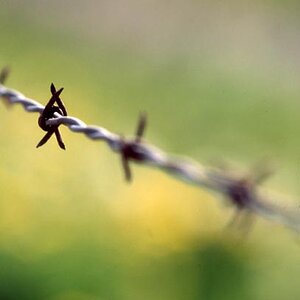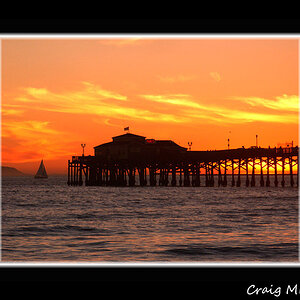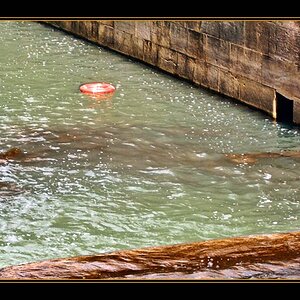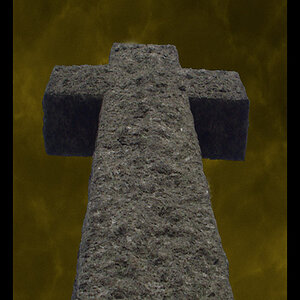ntz
No longer a newbie, moving up!
- Joined
- Oct 29, 2020
- Messages
- 716
- Reaction score
- 387
- Location
- Central Bohemian, Czech Republic
- Can others edit my Photos
- Photos OK to edit
Hello,
I've been doing some research over DXO results .. I'm checking for example sharpness of same lens like this
Nikon AF-S Nikkor 85mm f/1.4G - DxOMark
Nikon AF-S Nikkor 85mm f/1.4G - DxOMark
it seems, that DXOMark just in generic shows in his results that DX cameras has sharpness limit before AP11 .. this just apply on all lens and all cameras .. for example I've read the review and checked measurements for my lens (I have d7200 so d5600 as used camera seems better than d7100 because d5600 is closer to d7200 because they have same chip and so on) .. a very most of reviews say, that the best performance on these lens are with AP11 and DXOMark say that AP11 is already bad ..
On the other hand, DXOMark shows ultimately better and flatly same performance for DX (Vs FX) so my question is - how should I interpret DXOMark ??
I was now checking some available lens and wanted to buy a FX lenx for my DX body as for future transition to FX camera .. I'm disappointed by DXOMark seemingly applying some flat constants on results when comparing lens on DX and FX cameras ..
According DXOMark measurements, the DX cameras won't work well with AP11+ in general no matter on what lens are mounted (let's say now talking about Nikon cameras and random lens) ..
thanks for your input !!
regards
I've been doing some research over DXO results .. I'm checking for example sharpness of same lens like this
Nikon AF-S Nikkor 85mm f/1.4G - DxOMark
Nikon AF-S Nikkor 85mm f/1.4G - DxOMark
it seems, that DXOMark just in generic shows in his results that DX cameras has sharpness limit before AP11 .. this just apply on all lens and all cameras .. for example I've read the review and checked measurements for my lens (I have d7200 so d5600 as used camera seems better than d7100 because d5600 is closer to d7200 because they have same chip and so on) .. a very most of reviews say, that the best performance on these lens are with AP11 and DXOMark say that AP11 is already bad ..
On the other hand, DXOMark shows ultimately better and flatly same performance for DX (Vs FX) so my question is - how should I interpret DXOMark ??
I was now checking some available lens and wanted to buy a FX lenx for my DX body as for future transition to FX camera .. I'm disappointed by DXOMark seemingly applying some flat constants on results when comparing lens on DX and FX cameras ..
According DXOMark measurements, the DX cameras won't work well with AP11+ in general no matter on what lens are mounted (let's say now talking about Nikon cameras and random lens) ..
thanks for your input !!
regards











